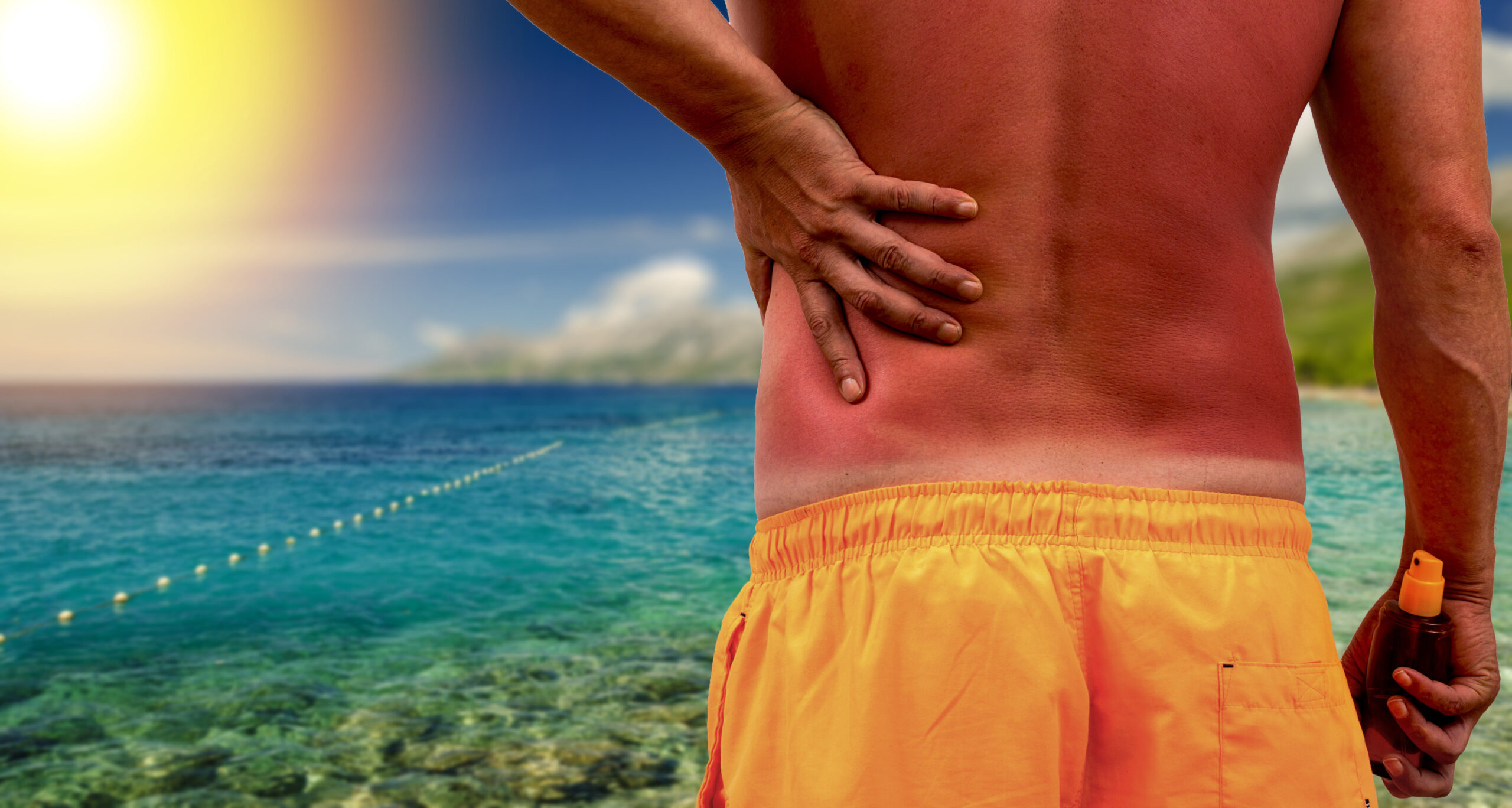Summer is gradually winding down; school supplies dominate store displays and evenings are growing cooler calling for warmer jackets and bonfires. But August and September can still provide plenty of opportunities to enjoy warm afternoons by the water or in the garden and it’s important not to forget sun protection, especially if you are taking certain medications.
Some drugs can interact with the sun increasing the risk for severe sunburns or may trigger an allergic rash in the sun. According to the Skin Cancer Foundation, many medications including some antibiotics such as tetracycline and antifungals including griseofulvin can cause photosensitivity. Talk with your pharmacist about any potential side effects or interactions before taking any medication. For a full list of medications that may react with the sun, follow this link to the Skin Cancer Foundation’s Photosensitivity Report.
To minimize the risk for skin damage, limit time spent in direct sunlight and apply a high SPF sunscreen to all exposed areas or wear protective clothing, a hat and sunglasses. A sun sensitive reaction can occur in under 30 minutes or after hours spent in the sun. The sun is strongest between 10 am and 4 p.m. and experts recommend avoiding direct exposure during this time of day to prevent sun damage which can lead to skin cancer.
If you do get too much sun or forget to wear protective clothing or sunscreen, apply a cold, damp towel to take the heat out of the skin. Using a moisturizer that contains aloe vera or soy can be soothing to the skin but avoid petroleum which can trap in the heat or lidocaine or benzocaine which can cause irritation. Drinking plenty of extra water can help prevent dehydration and ibuprofen will reduce inflammation and relieve pain. Seek medical help if you feel dizzy, weak or ill.






Add Your Voice
0 Comments
Join the Discussion